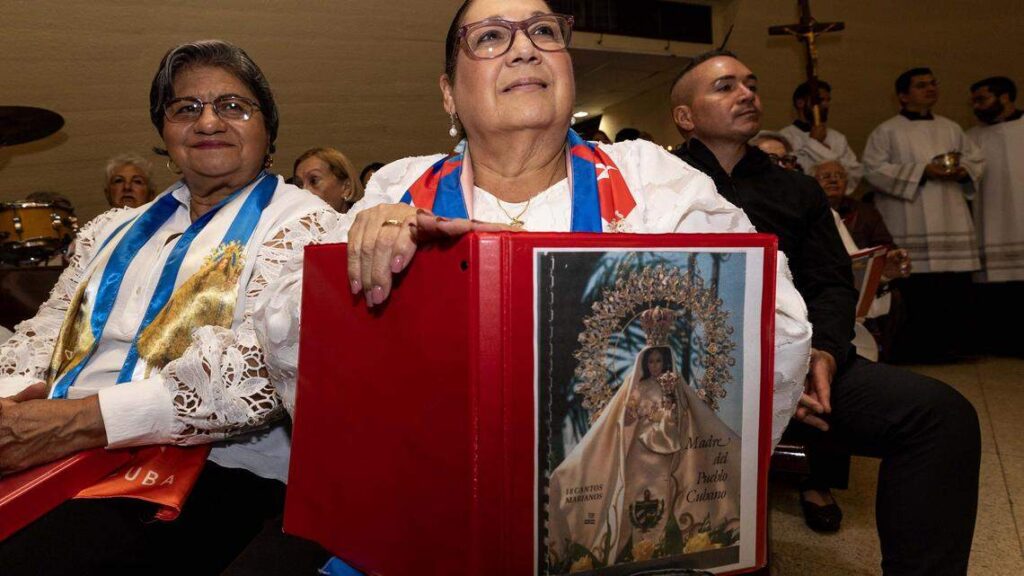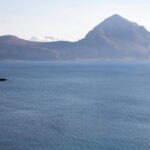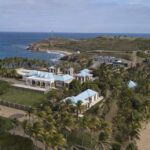For decades, “La Ermita de la Caridad,” a Catholic shrine near Biscayne Bay, has stood as a symbol of hope and freedom for many, especially South Florida’s Cuban exile community.
On Monday, the Catholic community honored Cuba’s patroness, Our Lady of Charity, and marked the 25th anniversary of the Miami shrine’s national designation through a day of celebratory events.
This year’s special service had a theme: “Mary, Beacon of Freedom” which, the Archdiocese of Miami said, was meant to highlight the role the patroness has played as a guiding light for the Cuban people.
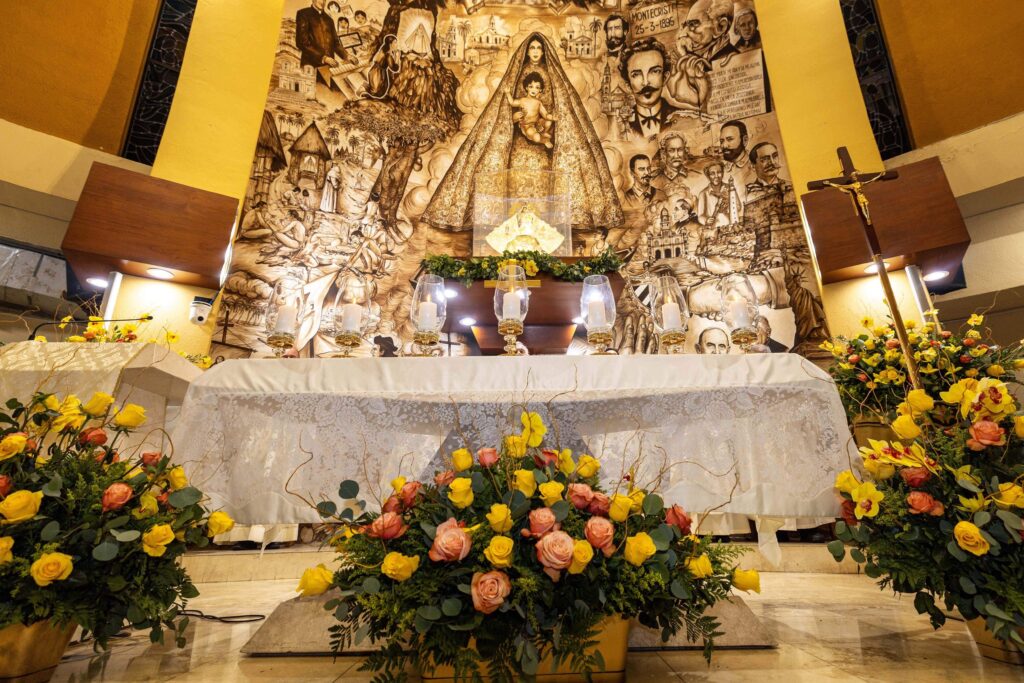
Many devotees endured the rainy weather to honor the statue and attend a mass led by Archbishop Thomas Wenski in the evening. In a ceremony broadcast live on Facebook, hundreds of Catholics can be seen singing, praying and honoring the shrine by laying yellow sunflowers as offerings.
The celebrations began back in August, when Wenski unveiled two sculptures by artist Timothy Schmalz: “Angels Without Knowing It” and “Being Welcoming,” which pay tribute to the humanity of migrants and refugees throughout history.
For decades, Cuban exiles and those of Catholic faith have visited the National Shrine, which reflects a long and storied Cuban-American history.
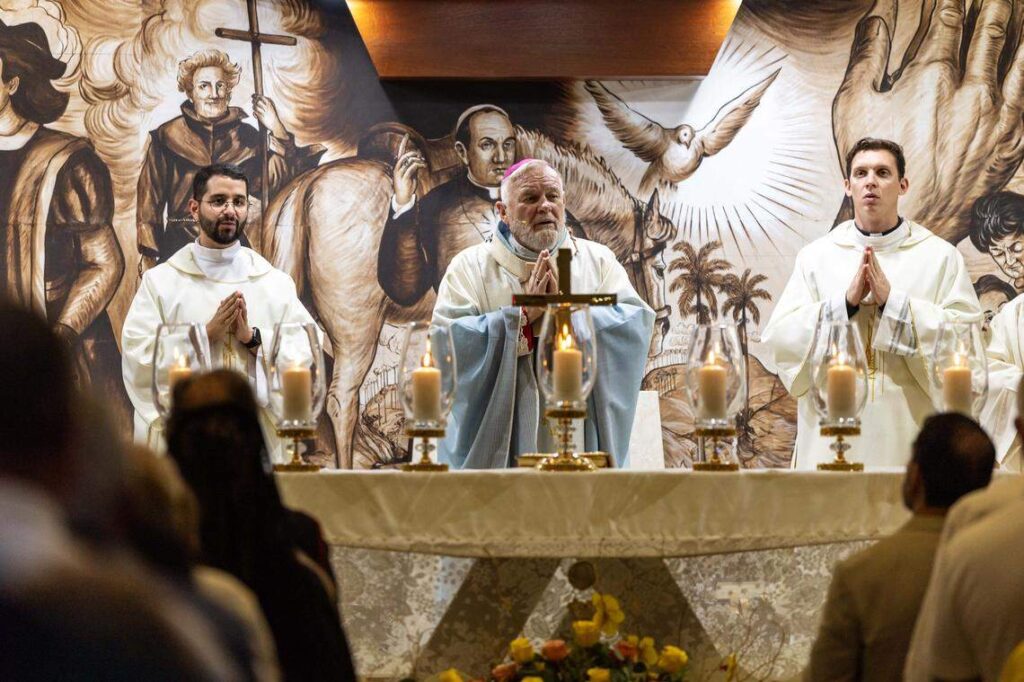
Cubans have honored the “Virgin of Charity” since the early 1600s, when according to tradition, three farmworkers found a floating statue of the Mother of Jesus in stormy waters with the inscription “I am the Virgin of Charity.”
In 1961, as Cuban exiles fled communism to enter the United States, a replica was brought with them, smuggled through the Panamanian embassy, according to the history on the shrine’s website.
The shrine was built by Cuban refugees on land donated by Archbishop Coleman F. Carroll in 1966, and sits near the same waters that flow to Cuba.
The architecture of the building, which was dedicated in 1973 and designated as a National Shrine in 2000, also holds meaning.
The six columns supporting the 90-foot tall mantle represent Cuba’s six traditional provinces. Under the altar is a stone made from a blend of earth, stone and sand from the island, cast with water brought from a Cuban refugee raft. Behind the statue of the patroness is a mural painted by Teok Carrasco, a native of Nipe, where the original statue was found.
By LAUREN COSTANTINO/Miami Herald
This story was produced with financial support from Trish and Dan Bell and from donors comprising the South Florida Jewish and Muslim Communities, including Khalid and Diana Mirza, in partnership with Journalism Funding Partners. The Miami Herald maintains full editorial control of this work.

